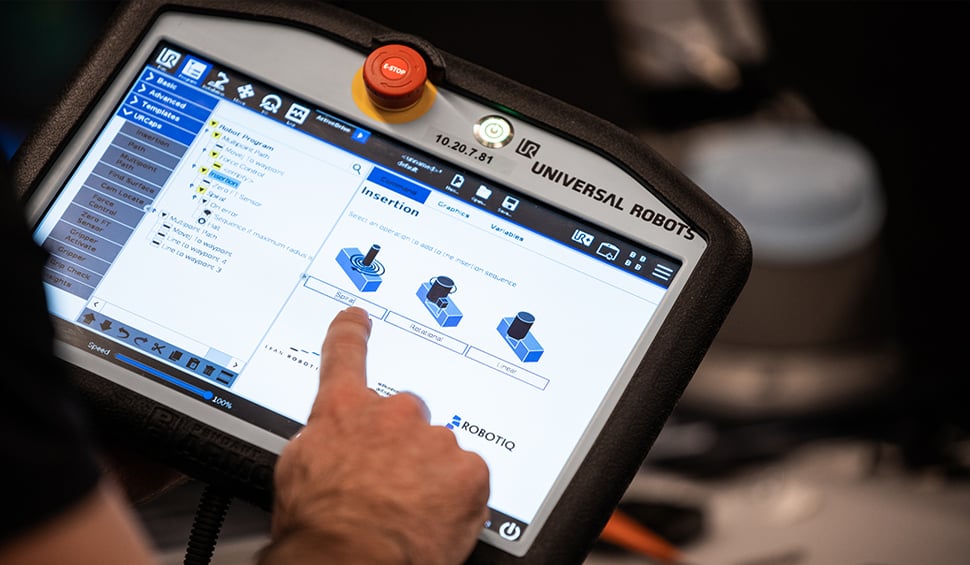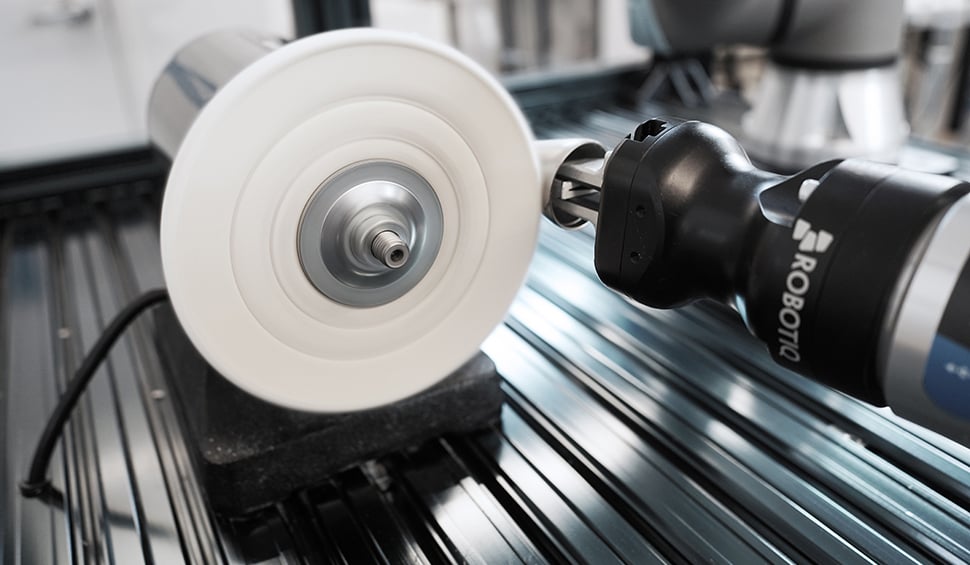What Is the Sensitivity of Our Force Torque Sensors?

Posted on Jul 11, 2016 in Robot Sensors
2 min read time
A robotic application is sometimes synonymous of precision and repeatability. In order to achieve so, you need to buy devices that have a certain level of repeatability and consistency to make sure everything works fine once it is installed. We usually recommend our FT 300 Force Torque Sensor in assembly application because it can compensate the defect in all of the robot/Gripper joints. However, what is the repeatability of this device?

First of all, you need to know that both of our FT sensors (FT-150 and FT-300) are immune to external noise. Which means the reading of the sensor will not be different if your CNC machine is running or not or even worst if your welding robot is working or not.
Also, all 3 axes are separated from each other. In fact, this is not a strain gage that deforms in every direction and estimates the X-Y-Z deformation. It is a sensitive technology with 4 sensors per axis.
That being said, what you really want to look at in a FT sensor is the noise or sensibility of the sensor in both force and movements.
Our FT-300 sensor, the signal noise (or sensibility) in X and Y direction is 3.6N and 1.5 in Z direction. What it means is that the sensor can sense a force down to 3.6 N: Approximately 360g in the X-Y direction and down to 150g in the Z direction. That is pretty sensitive. Since the sensor can feel forces from -300N to +300N you can expect the same range of repeatability (1.5N and 3.6N) wherever in this range.
In terms of torques, a simple mathematical representation is used to calculate the moment around the 3 axes. In fact, a combination of all Force Sensors and knowing the distance between them is enough to calculate the torque on the sensor. This means that the sensor will pretty much have the same noise range in torques. In fact, the torque signal noise is 0.06N.m for the X-Y axes and 0.09N.m for the Z-axis.
Perhaps, our FT-150 is still much more sensitive in the X-Y axes with a 1.5N signal noise in force and 0.09 N.m in torque. So if you need a very delicate application, you should go for the FT-150 even though it has a smaller reading range and has a more bulky look.
Hopefully this helped you figure out which sensor was the best for you. If you need more information on the different sensors out there, read the following eBook .






Leave a comment